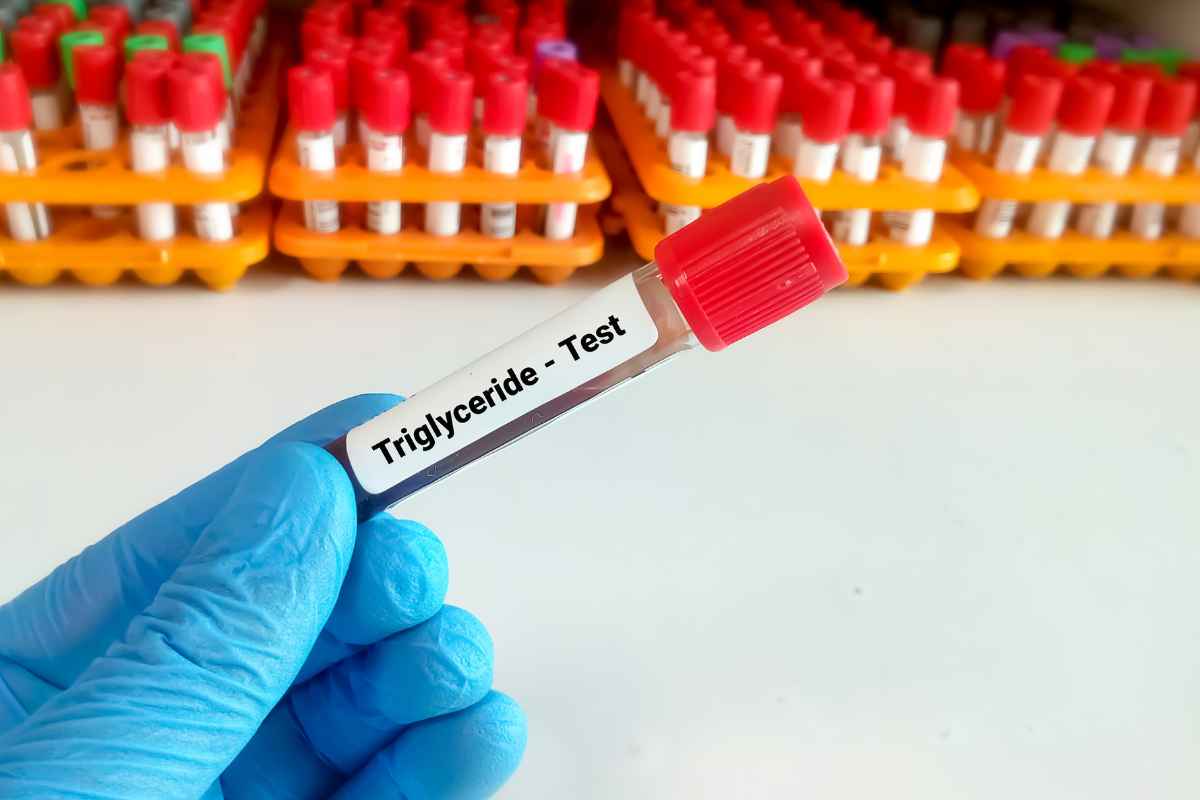Title: Easy Trick to Lower High Triglyceride Levels Revealed
Subtitle: Paying Attention to Diet and Exercise Can Make a Significant Difference
When it comes to triglycerides, many people are unaware of the serious health risks associated with high levels. However, experts emphasize that monitoring these levels through blood tests is crucial. In this article, we provide a simple trick to bring triglyceride values back in order.
Triglycerides are a type of fat produced by the liver or obtained from consuming certain foods. They serve as a reserve of fat that our bodies utilize in times of need. Excess calories are converted into triglycerides and stored in fat cells. But what happens when the levels become too high?
When discussing triglycerides, it is important to understand the recommended values before seeking medical intervention. Scientists suggest that the ideal triglyceride value for adults should be below 150mg/dl, with levels up to 199mg/dl considered acceptable. Once the value exceeds 200mg/dl, it is classified as high, and anything above 500mg/dl is considered very high. For children, the desired values are even lower, with levels below 90mg/dl being optimal.
The key to lowering high triglyceride levels lies in managing our calorie intake and losing excess weight. Researchers have found that losing between 5 and 10% of body weight can result in a significant reduction in triglyceride levels, often up to 40 points. But how can this be achieved?
The trick lies in closely monitoring our diet. The consumption of sugar, particularly in packaged foods and sweets, should be significantly reduced. It’s also important to limit excessive carbohydrate intake, as these are converted into triglycerides. Opting for wholemeal foods and balancing the intake of pasta and bread can be helpful. Additionally, incorporating more fiber into our diet through fruits, vegetables, and whole grains, as well as engaging in regular physical activity, can greatly contribute to lowering triglyceride levels.
By implementing these dietary and lifestyle changes, individuals can take control of their triglyceride levels and improve their overall health. It is essential to consult with a healthcare professional for personalized advice and to check triglyceride levels regularly.
In conclusion, raising awareness about the serious implications of high triglyceride levels and adopting simple yet effective lifestyle modifications can lead to better health outcomes. By incorporating these tricks into our daily routine, we can successfully manage and lower triglyceride levels, safeguarding our well-being for years to come.
